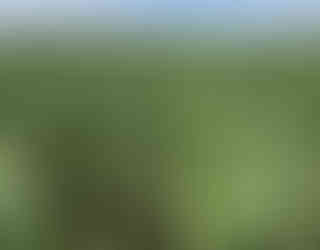"A goal properly set is halfway reached." -Zig Ziglar


Time: 4-6 pm
Temperatures: mid 80s
Conditions: Scattered Clouds at 3,000 feet
Winds: SW at 7 mph
Humidity: High
WOW! Hard to believe the last time I stage this plot was back in May. Corn vegetative stage is around V11 with 3-4 leaves to go till tassel. 5699V2P had an ear tucked in the leaf big enough to count rows under a 30x lense. It had 16 rows around. 6589V2P on the other hand was too small, even under 30x magnification. It is interesting how this range of maturity makes a difference on the advancement of its ear. I can't wait for pollination to start checking length and yield potential. It has been wet in June so far, but a little drier than the conditions were in May. Did not note any insect pressure and disease was low or non existent. I did note on a few leaves some Physoderma and a few pustules of common rust on one plant. A VT-R1 application of fungicide may likely be needed this year across the northern Vernon/southern Bates county areas. There will be an article out soon advising scouting and treatment of disease.
Below are a few pictures from the plot:









